Search Images
Browse Content (p. 1599)

Image
Dome of the Pantheon
Light entering the oculus of the Pantheon in Rome
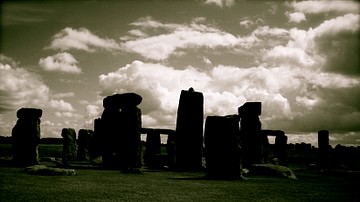
Image
Stonehenge, Amesbury, UK
Stonehenge in Amesbury, Wiltshire, UK
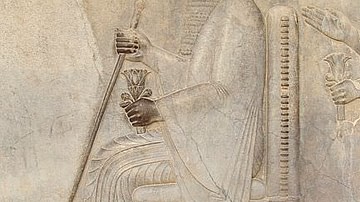
Image
Relief of Darius I from Persepolis
Relief of Darius I from Persepolis, 522-486 BCE
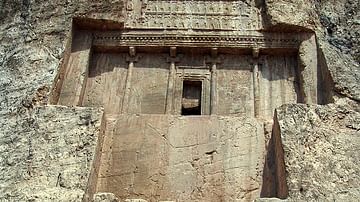
Image
Tomb of Darius I, Naqsh-e Rustam
Tomb of Darius I, Naqsh-e Rustam, near Persepolis, Iran, c. 522–486 BCE
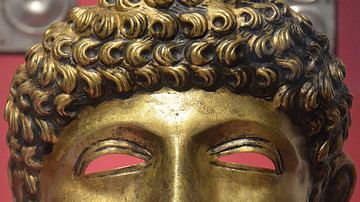
Image
Golden Cavalry Face Mask
Golden Cavalry Face-Mask Helmet (Type Ribchester) dating from 80-125 CE, found on the bed of the Corbulo Canal (Fossa Corbulonis) near the Roman fort of Matilo (modern Leiden). (Rijksmuseum van Oudheden, Leiden, Netherlands)
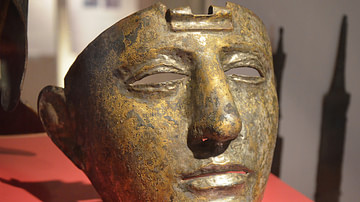
Image
Cavalry Face-Mask Helmet
Cavalry Face-Mask Helmet (Type Nijmegen-Kops Plateau), brass sheet on iron core, dating to the 1st or 2nd century CE. (Rijksmuseum van Oudheden, Leiden, Netherlands)
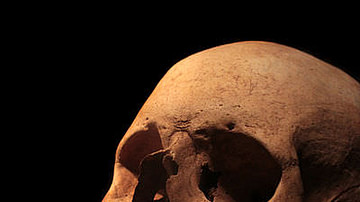
Image
Roman Skull with Obol in Mouth
Upon death, ancient Greek culture called for placing a coin, or obol, in the mouth of the deceased to pay Charon for rowing him/her across the River Styx to the afterlife.
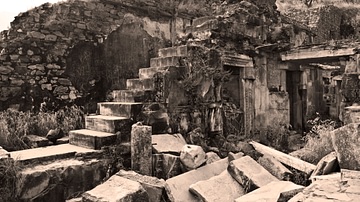
Image
Bhangarh Fort Ruins, Rajasthan
The ruins of Bhangarh Fort in Rajasthan, thought to be inhabited by ghosts.
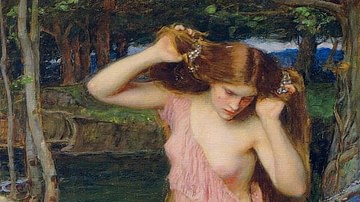
Image
Lamia
Lamia, oil on canvas by John William Waterhouse, 1909, based on the Keats poem Lamia from 1820. Lamia was an ancient Greek precursor to vampires.
Private collection.
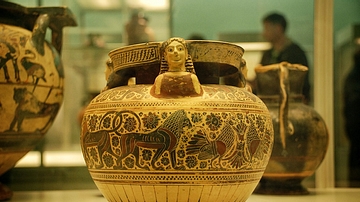
Image
Pyxis (Cosmetic Box)
A middle Corinthian Pyxis (cosmetic box) that shows friezes of lions, sirens, sphinxes and birds. At the rim there are female heads protruding. Circa 600-575 BCE, attributed to the Honolulu Painter. British Museum, London, GR 1873.10-12.1...